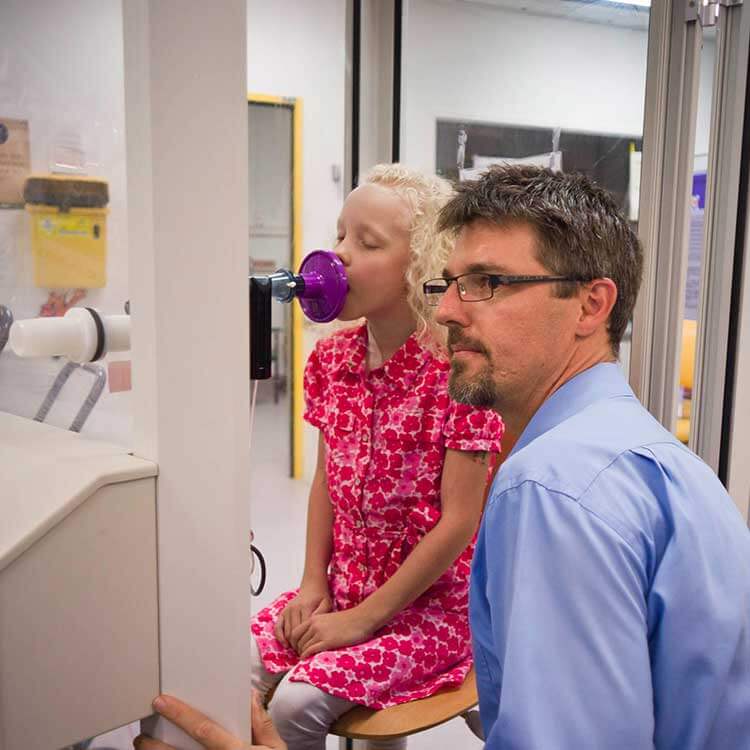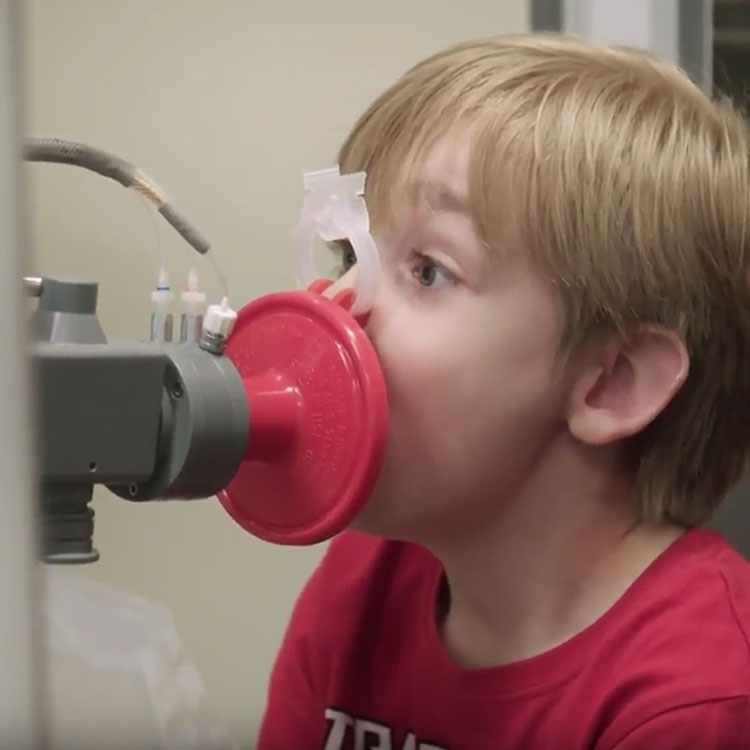Search
Research
Fragranced consumer products: effects on asthmatic AustraliansMost asthmatics would prefer workplaces, healthcare facilities, and environments that are fragrance-free, which could help reduce adverse effects
Research
Viral Induced Effects on a Vulnerable Epithelium; Lessons Learned From Paediatric Asthma and Eosinophilic OesophagitisThe epithelium is integral to the protection of many different biological systems and for the maintenance of biochemical homeostasis. Emerging evidence suggests that particular children have epithelial vulnerabilities leading to dysregulated barrier function and integrity, that resultantly contributes to disease pathogenesis.
Research
The safety and feasibility of the inhaled mannitol challenge test in young childrenMannitol challenge tests are used clinically to diagnose asthma and, in particular, exercise-induced broncoconstriction (EIB) in adults and children above 6...
Research
Vitamin D deficiency and the lung: Disease initiator or disease modifier?Vitamin D deficiency is a global public health problem and has been associated with an increased incidence and severity of many diseases including diseases...
Research
DNA Methylation Profiles of Airway Epithelial Cells and PBMCs from Healthy, Atopic and Asthmatic ChildrenAllergic inflammation is commonly observed in a number of conditions that are associated with atopy including asthma, eczema and rhinitis.
Research
Febrile respiratory illnesses in infancy and atopy are risk factors for persistent asthma and wheezeThe aim of this study was to explore associations between severe respiratory infections and atopy in early childhood with persisting wheeze and asthma.


News & Events
Lung problems continue into childhood for premmie babiesNew research from Perth’s The Kids Research Institute Australia shows that babies born premature continue to have lung problems well into childhood.

News & Events
Vitamin D deficiency linked to childhood asthmaResearchers at The Kids Research Institute Australia have found children with vitamin D deficiency are more likely to develop asthma.

News & Events
Video: Asthma, how serious is it?Australia has one of the highest burdens of asthma in the world. In this video, two Perth families share their story of raising children with the respiratory co
